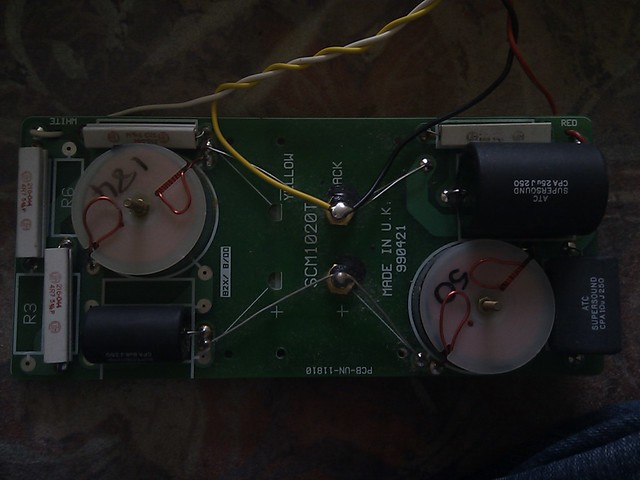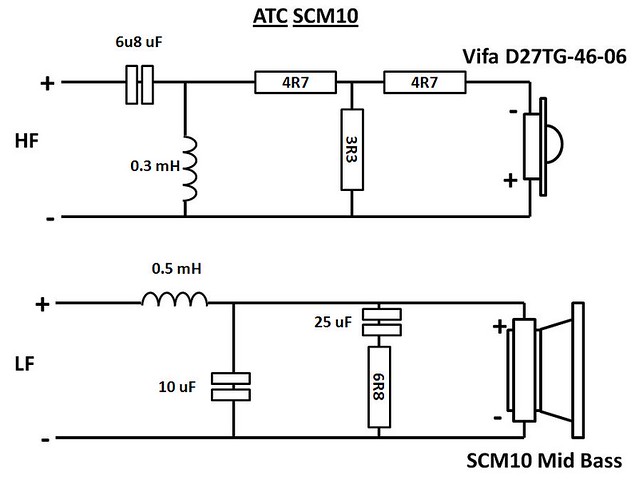hi,
i have the Yamaha A-S500 amp and B&W 684 speakers. I was thinking of bi-wiring them.
When i bi-wired with my AV amp ad 2050i speakers, I was using an extra channel so that was actually bi-amping them and that made a huge difference! 90W per channel it was. 90 to the tweeter and 90 to the main drivers.
However, with using a stereo amp, the output is only 85W per channel and it has 2 channels. so if i bi-wire them (i have 4 posts on the back of the amp- A&B), will i be getting 42.5W to the tweeter and 42.5W to the main driver? the tweeter needs less power than the main and i belive this is why bi-amping is impportant since the main driver sucks the majority of the power and leaves little for the tweeter so the highs suffer. This is okay for an AV amp since it has 7 channels and you can give up 4 channels to drive the front speakers
Now if im getting 42.5 W to tweeter and same to the mid, my tweeter doesnt need 42.5W and will my main driver need more than that? so essentially am i starving my main driver of the power it actually needs? or will the amp divide the power needed over the posts depending on where it is required.....but then thats no different to wiring normally and using the jumpers since it splits the power to the driver that needs it most?
thanks
i have the Yamaha A-S500 amp and B&W 684 speakers. I was thinking of bi-wiring them.
When i bi-wired with my AV amp ad 2050i speakers, I was using an extra channel so that was actually bi-amping them and that made a huge difference! 90W per channel it was. 90 to the tweeter and 90 to the main drivers.
However, with using a stereo amp, the output is only 85W per channel and it has 2 channels. so if i bi-wire them (i have 4 posts on the back of the amp- A&B), will i be getting 42.5W to the tweeter and 42.5W to the main driver? the tweeter needs less power than the main and i belive this is why bi-amping is impportant since the main driver sucks the majority of the power and leaves little for the tweeter so the highs suffer. This is okay for an AV amp since it has 7 channels and you can give up 4 channels to drive the front speakers
Now if im getting 42.5 W to tweeter and same to the mid, my tweeter doesnt need 42.5W and will my main driver need more than that? so essentially am i starving my main driver of the power it actually needs? or will the amp divide the power needed over the posts depending on where it is required.....but then thats no different to wiring normally and using the jumpers since it splits the power to the driver that needs it most?
thanks





